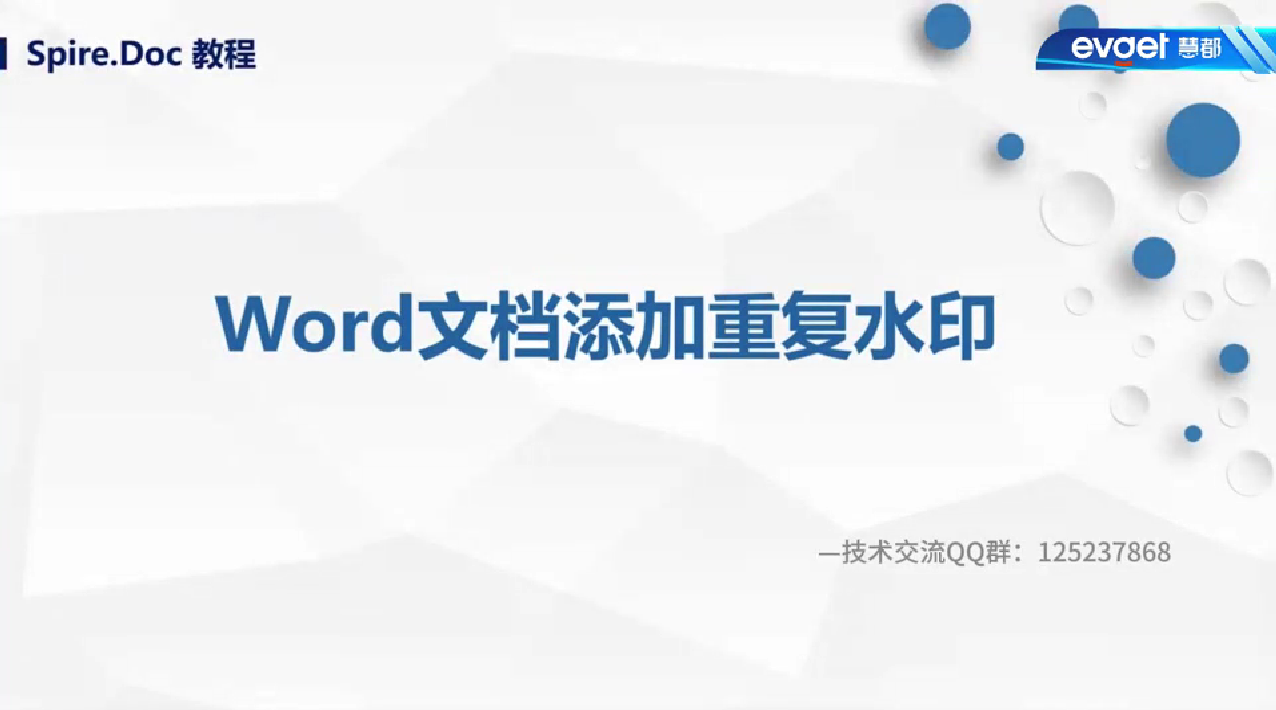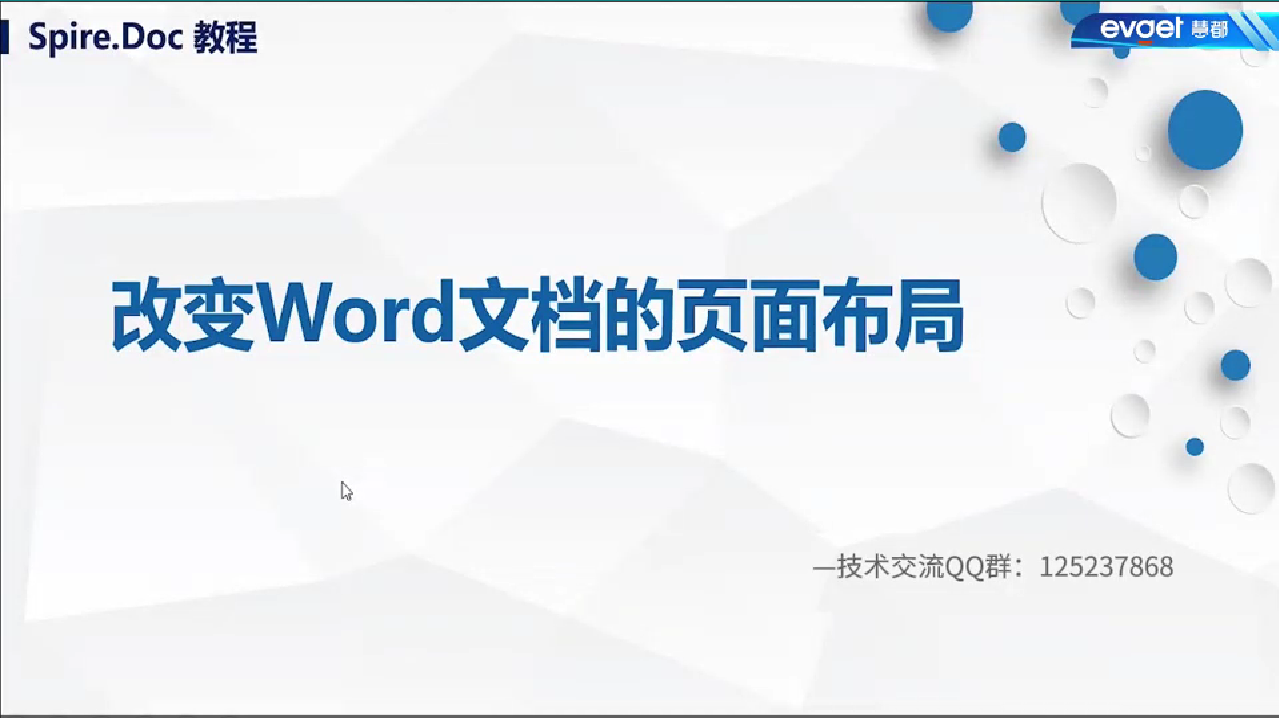四、方法内部类
方法内部类只在该方法内部可见,方法内部类可以定义在方法中的任何位置。
运行结果:
say foo!
say bar!
Process finished with exit code 0
五、匿名类
匿名类不给出类名,直接定义一个类,通常这个类实现了某种接口或者抽象。匿名类的访问权限更没有讨论价值了,看个例子就行了。
在一些多线程程序中比较常见,有点变态,呵呵。
运行结果:
say foo!
Process finished with exit code 0
/**
* 普通类的匿名初始化
*
* @author leizhimin 2009-7-17 16:13:31
*/
public class Fk {
private String x;
public Fk(String x) {
this.x = x;
}
@Override
public String toString() {
return "Fk{" +
"x='" + x + '\'' +
'}';
}
}
class Test4 {
public Fk hehe() {
//把后面的一对大括号去掉呢,呵呵
return new Fk("fk") {
};
}
public static void main(String[] args) {
Test4 t = new Test4();
Fk f = t.hehe();
System.out.println(f);
}
} |
运行结果:
Fk{x='fk'}
Process finished with exit code 0
还有一个不得不提的经典实例,来自thining in java,有改动:
这个应用给了我们很多思考,我就不说了,不同人看了会有不同的感受。
内部类的巧妙使用会让你的代码很牛,如果要形容下,那就是:没看懂的时候感觉神出鬼没,看懂后感觉鬼斧神工。不过这些代码多了,别人想看懂都难,想看懂你思路就难上加难了。呵呵!
六、静态内部类
静态内部类是static class型的内部类,这种内部类特点是:它不能访问外部类的非静态成员。要创建静态内部类对象时候,也不需要外部类对象了,直接可以:
new 外部类名.内部类构造方法
来创建,给个例子:
/**
* 静态内部类
*
* @author leizhimin 2009-7-17 16:53:05
*/
public class Outer {
public static int i =500;
protected static class Inner {
int i =100;
String name;
Inner(String name) {
this.name = name;
}
void sayHello() {
System.out.println("Hello " + name);
Outer.i++;
}
}
public Inner genInner(String name) {
return new Inner(name);
}
}
class Test {
public static void main(String[] args) {
Outer.Inner in1 = new Outer.Inner("1111");
in1.sayHello();
System.out.println(Outer.i);
Outer.Inner in2 = new Outer().genInner("2222");
in2.sayHello();
System.out.println(Outer.i);
}
} |
运行结果:
Hello 1111
501
Hello 2222
502
Process finished with exit code 0
七、接口内部类
接口内部类自动都是public static的,相当于为接口定义了一种变量类型,这在java的设计中就有使用,比如在HashMap中,就有:
static class Entry implements Map.Entry
下面我给个例子,
八、内部的类的嵌套
所谓内部类嵌套,就是内部类里面再定义内部类。其实这种用法还真没见过,试试写个简单例子看看吧:
运行结果:
f0
a
b
Process finished with exit code 0
九、内部类的继承
内部类的继承,可以继承内部类,也可以继承外部类。
/**
* 内部类的继承,可以继承内部类,也可以继承外部类
*
* @author leizhimin 2009-7-22 13:50:01
*/
public class Outer {
class Inner {
void doSomething() {
System.out.println("Inner doing ...");
}
}
class Inner2 extends Inner {
void doSomething() {
System.out.println("Inner2 doing ...");
}
void readme() {
System.out.println("HeHe!");
}
}
}
class Test {
public static void main(String[] args) {
Outer outer = new Outer();
Outer.Inner in = outer.new Inner();
Outer.Inner2 in2 = outer.new Inner2();
in.doSomething();
in2.doSomething();
in2.readme();
}
} |
运行结果:
Inner doing ...
Inner2 doing ...
HeHe!
Process finished with exit code 0
总结:
内部类是Java中最复杂深奥的概念之一,而且内部类在访问控制,修饰符,继承,实现,抽象,序列化等等很多方面都是一个很让人迷惑的问题,在实际中,这些问题也许永远没机会没时间搞清,但是一般说来,懂得以上的内部类的知识就足够用了。
内部类的设计也许是弥补Java语言本身的先天不足吧,作为语言来说,这个特性太变态了点,难道就没别的法了?
以上的总结完全是建立在实践基础上的,所列举的例子也许偏颇,不能全面反映问题的本质,希望有兴趣的博友多多发表自己的看法与观点。
/**
* 嵌套内部类
*
* @author leizhimin 2009-7-17 17:33:48
*/
public class Outer {
private void f0() {
System.out.println("f0");
}
class A {
private void a() {
f0();
System.out.println("a");
}
class B {
protected void b() {
a();
System.out.println("b");
}
}
}
}
class Test{
public static void main(String[] args) {
Outer o = new Outer();
Outer.A a = o.new A();
Outer.A.B b = a.new B();
b.b();
}
} |
/**
* 接口内部类
*
* @author leizhimin 2009-7-17 17:20:28
*/
public interface AInterface {
void readme();
class Inner1 implements AInterface {
public void readme() {
System.out.println("我是一个接口内部类");
}
}
}
class Main {
public static void main(String[] args) {
AInterface.Inner1 in1 = new AInterface.Inner1();
in1.readme();
}
} |
interface Service {
void method1();
void method2();
}
interface ServiceFactory {
Service getService();
}
class Implementation1 implements Service {
private Implementation1() {}
public void method1() {System.out.println("Implementation1 method1");}
public void method2() {System.out.println("Implementation1 method2");}
public static ServiceFactory factory = new ServiceFactory() {
public Service getService() {
return new Implementation1();
}
};
}
class Implementation2 implements Service {
private Implementation2() {}
public void method1() {System.out.println("Implementation2 method1");}
public void method2() {System.out.println("Implementation2 method2");}
public static ServiceFactory factory = new ServiceFactory() {
public Service getService() {
return new Implementation2();
}
};
}
public class Factories {
public static void serviceConsumer(ServiceFactory fact) {
Service s = fact.getService();
s.method1();
s.method2();
}
public static void main(String[] args) {
serviceConsumer(Implementation1.factory);
serviceConsumer(Implementation2.factory);
}
} |
/**
* 匿名类.
*
* @author leizhimin 2009-7-17 15:56:17
*/
public class Test3 {
public Foo f = new Foo() {
public void say() {
System.out.println("O(∩_∩)O哈哈~!");
}
};
public Foo test() {
return new Foo() {
public void say() {
System.out.println("say foo!");
}
};
}
public static void main(String[] args) {
Test3 t = new Test3();
t.f.say();
t.test().say();
}
}
interface Foo {
void say();
} |
/**
* 内部类实现接口
*
* @author leizhimin 2009-7-17 14:57:50
*/
public class Test2 {
public static void main(String[] args) {
Outer outer = new Outer();
Foo f = outer.genFoo();
Bar b = outer.genBar();
f.say();
b.readme();
}
}
class Outer {
public Foo genFoo() {
//方法内的内部类
class FooImpl implements Foo {
public void say() {
System.out.println("say foo!");
}
}
return new FooImpl();
}
public Bar genBar() {
Bar b = null;
if (true) {
//任意位置的内部类
class BarImpl implements Bar {
public void readme() {
System.out.println("say bar!");
}
}
b = new BarImpl();
}
return b;
}
} |
标签:
本站文章除注明转载外,均为本站原创或翻译。欢迎任何形式的转载,但请务必注明出处、不得修改原文相关链接,如果存在内容上的异议请邮件反馈至chenjj@evget.com
文章转载自:网络转载

 首页
首页 















 275次
275次


 相关文章
相关文章 

 在线咨询
在线咨询




 渝公网安备
50010702500608号
渝公网安备
50010702500608号

 客服热线
客服热线